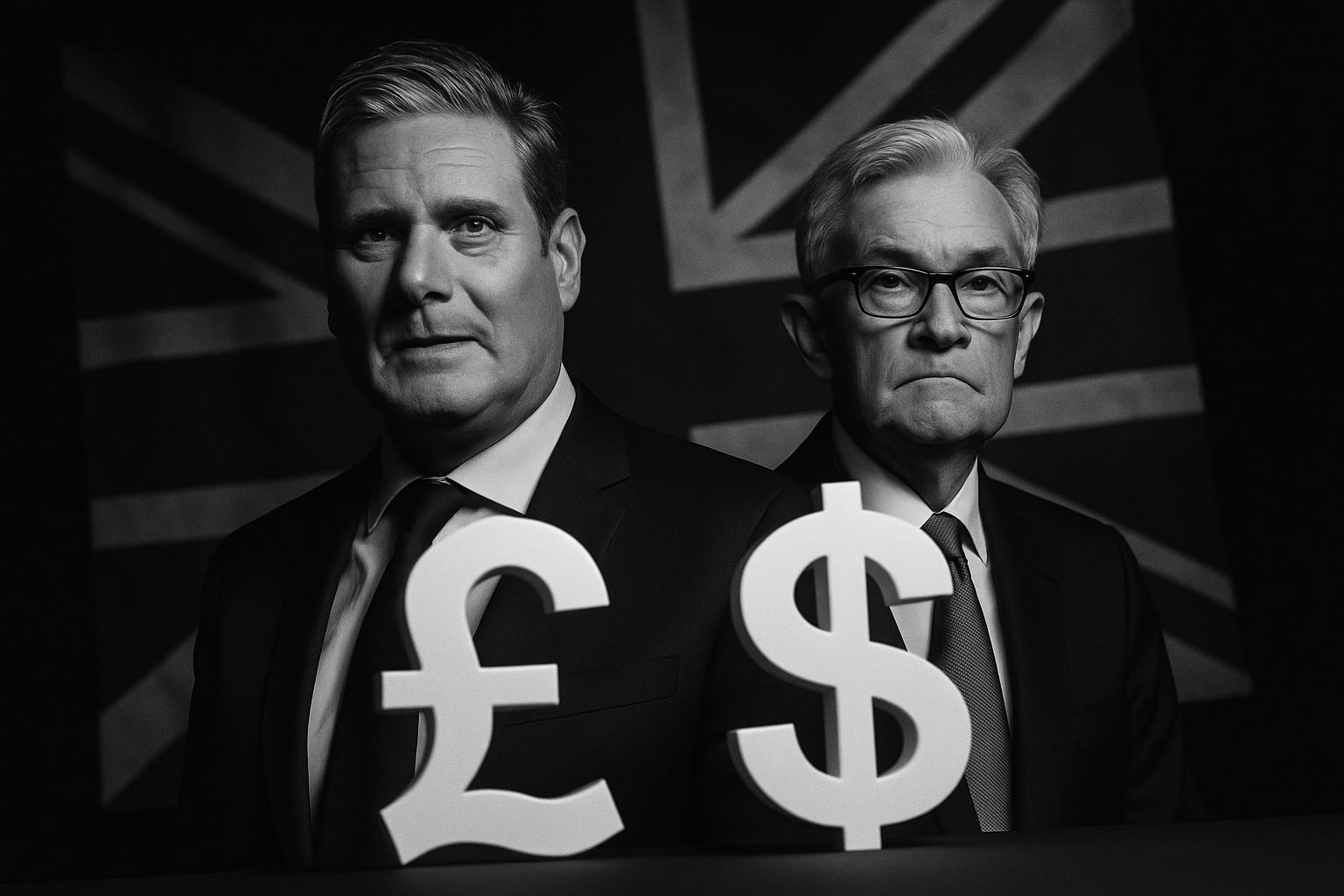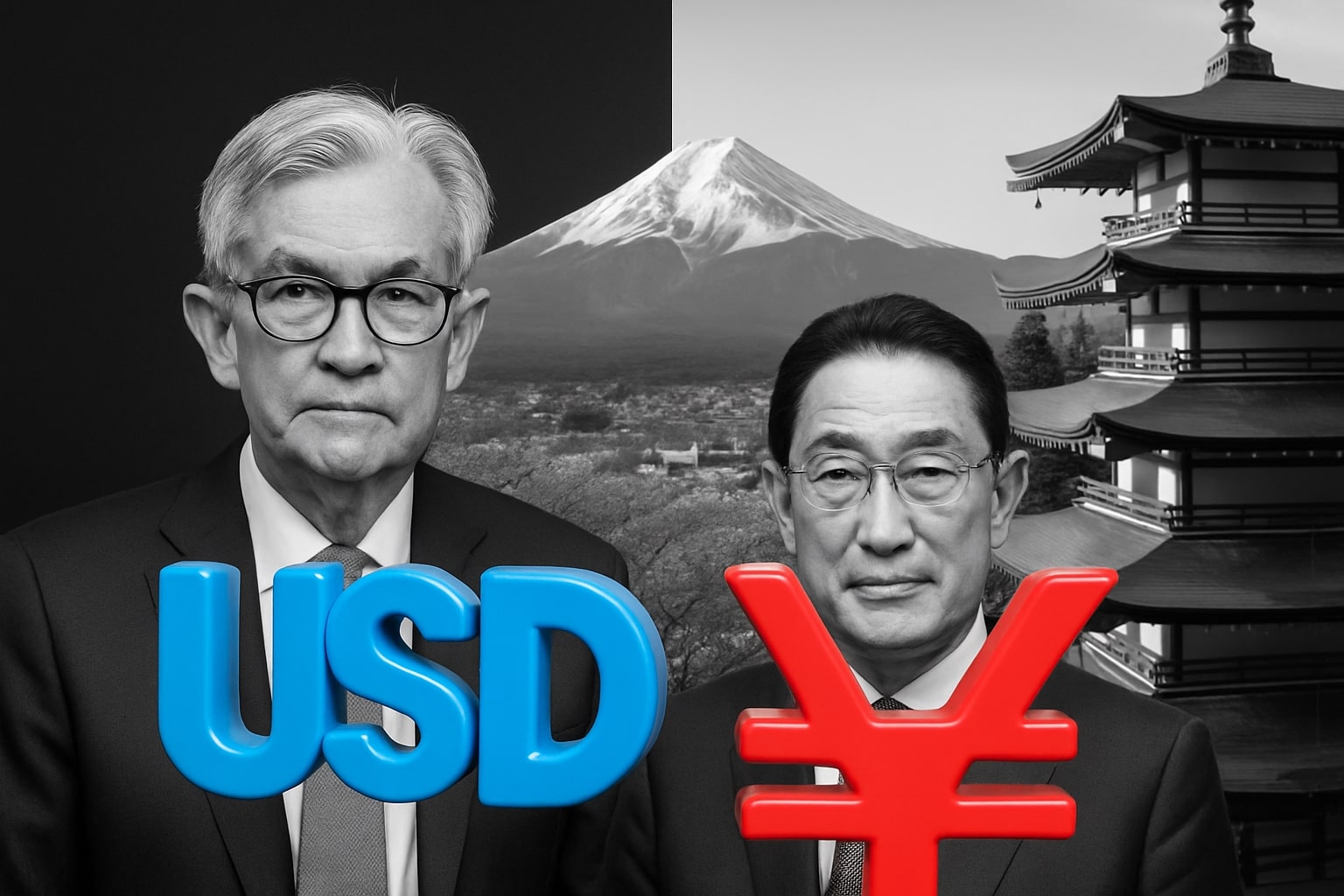
EUR/USD Price Forecast - Euro to Dollar Holds Near 1.156 as Fed Cut Bets Weaken Dollar and Eurozone Outlook Steadies
The EUR/USD pair trades around 1.1560, consolidating gains amid a weaker U.S. Dollar (DXY 99.63) and fading Treasury yields (10Y at 4.10%) | That's TradingNEWS
EUR/USD Holds Near 1.156 as Dollar Strength Meets Fed Dovish Signals and Eurozone Optimism
EUR/USD Price Overview and Market Context
EUR/USD (Euro/U.S. Dollar) trades at 1.1560 as of Tuesday, November 11, 2025, slightly below the 1.1600 resistance zone after a four-day rebound. The pair’s recent price behavior reflects a battle between recovering Euro sentiment and a fragile U.S. Dollar, as the market digests the end of the U.S. government shutdown and renewed speculation about a Federal Reserve rate cut in December.
The pair has oscillated between 1.1520–1.1580, caught in a tight corrective structure that highlights the absence of conviction on both sides. Despite improved European data and stabilizing political sentiment, the euro struggles to gain sustained traction against the greenback as traders await confirmation of U.S. economic direction following weeks of delayed data.
From a broader lens, EUR/USD remains down nearly 2.3% from its October highs around 1.1830, reinforcing that the primary trend remains mildly bearish even as near-term corrections unfold.
Dollar Index and Macro Drivers Behind the Move
The U.S. Dollar Index (DXY) trades near 99.63, consolidating after rebounding from its 99.25 support zone. The dollar initially advanced on optimism surrounding the Senate’s approval of a bill to reopen the government, ending the record 41-day shutdown. Yet, traders quickly shifted focus to weaker macro signals: the University of Michigan Consumer Sentiment Index fell sharply to 50.3, its lowest since June 2022, underscoring growing concern about labor softness and declining confidence.
This combination—shutdown relief and weak consumer data—has trapped the dollar in a tug-of-war between short-term optimism and long-term policy anxiety. Futures now price a 62% probability of a 25-basis-point cut at the December Fed meeting and nearly 80% odds of a deeper easing cycle by early 2026.
With Treasury yields hovering near 4.10% on the 10-year note and inflation expectations softening, the greenback’s upside momentum remains capped. That backdrop keeps EUR/USD supported above 1.1500, as investors hedge against a potential dovish pivot from the Fed.
Euro Fundamentals: Stability Amid Modest Growth
While the euro’s upside remains limited, the fundamental picture in Europe has turned incrementally brighter. The European Central Bank (ECB) maintains a “steady policy” stance, with Vice President Luis de Guindos reaffirming that rates are “appropriate” given that inflation is nearing the 2% target. Markets no longer expect rate adjustments before late 2026, providing a relative policy cushion against the Fed’s potential shift toward easing.
At the same time, the ZEW Economic Sentiment Survey, due midweek, is anticipated to reflect marginal improvement, driven by easing energy costs and resilient manufacturing orders in Germany. Analysts forecast the ZEW index to rise to 29.5 from 25.1 in October, which could fuel short-term buying in EUR/USD if realized.
Technical Landscape: Euro Caught Between Channel Resistance and Support
Technically, EUR/USD remains confined within a descending channel established since mid-October. The pair’s recent high at 1.1580 marked a rejection from the channel’s upper boundary, aligning with the 38.2% Fibonacci retracement at 1.1588 and the 20-day EMA near 1.1580—forming a tight resistance cluster.
The 50-day EMA at 1.1620 defines the structural barrier to any medium-term trend reversal. A daily close above this level would invalidate the current bearish setup, potentially opening a path toward 1.1675 and 1.1730, where the 100-day EMA sits.
Conversely, failure to hold above 1.1530 could invite renewed pressure toward 1.1470, with deeper targets near 1.1405, coinciding with the 200-day EMA and long-term support zone.
Momentum indicators remain neutral to weakly bearish: the RSI hovers near 49–51, and MACD shows flattening histogram bars—implying fading momentum on both sides.
U.S. Shutdown Resolution and Policy Uncertainty
The U.S. Senate’s approval of the funding bill brought an end to a record shutdown spanning over six weeks, restoring some confidence in the government’s fiscal stability. Yet the political reprieve failed to generate broad USD buying, as investors remain skeptical about the longer-term economic fallout from delayed data releases.
The market now awaits upcoming releases—particularly CPI, retail sales, and nonfarm payrolls—to gauge how deeply the shutdown hurt output and employment. Until that data arrives, traders are reluctant to commit heavily to new USD positions. This vacuum of information has translated into thin liquidity and subdued volatility, keeping EUR/USD locked within a narrow range near 1.1550.
Read More
-
JEPI ETF Edges to $57.11 as Yield Holds Above 8% and Covered-Call Premiums Power Income
11.11.2025 · TradingNEWS ArchiveStocks
-
XRP ETFs Slide — XRPI Down to $14.18 and XRPR to $19.80 as Investors Lock In Gains After Record Run
11.11.2025 · TradingNEWS ArchiveCrypto
-
Natural Gas Price Steadies Near $4.40 as Record U.S. Supply and Weather Volatility Define Market
11.11.2025 · TradingNEWS ArchiveCommodities
-
USD/JPY Price Forecast - Yen Holds Near 154.00 as Yen Slides and Market Awaits Fed-BoJ Policy Shift
11.11.2025 · TradingNEWS ArchiveForex
Fed Policy Outlook and Interest Rate Path
Fed officials have increasingly signaled a willingness to ease policy if labor softness persists. Governor Stephen Miran hinted that a 50 bps rate cut remains on the table if economic deterioration accelerates, noting that inflation progress has been “encouragingly consistent.” This dovish undertone reinforces downside risk for the dollar, especially if macro prints confirm slowing momentum.
For now, the Fed’s dual mandate—anchoring inflation and preserving employment—appears to tilt toward the latter, given that wage growth has stalled below 4% y/y and job openings have fallen to their lowest in two years. That dynamic favors euro resilience, even amid muted growth.
Technical Indicators and Market Sentiment
The EUR/USD chart structure implies consolidation, not reversal. The 1.1550–1.1580 zone acts as a neutral corridor, while 1.1470–1.1520 defines defensive support. A sustained breach below 1.1470 would signal renewed bearish control, likely extending declines toward 1.1405.
Positioning data shows institutional traders have reduced net shorts to their lowest level since August, while retail sentiment remains heavily long—suggesting near-term downside risk due to contrarian pressure. Volatility has dropped to 6.8%, well below its 2024 average of 9.1%, highlighting complacency across FX markets.
European Macro Watch: Germany’s Confidence and Energy Costs
The euro’s trajectory also hinges on Germany’s recovery signals. A modest rebound in factory orders and stabilized gas prices below €38/MWh have alleviated fears of a winter energy shock. That dynamic reduces the need for additional ECB stimulus, indirectly supporting the single currency. Meanwhile, fiscal policy remains supportive: Germany’s €28 billion industrial competitiveness package aims to offset high power costs, offering further medium-term euro support if implemented efficiently.
Market Behavior and Cross-Asset Correlations
Correlation between EUR/USD and U.S. equity indices has tightened to 0.78, as both respond to changing Fed expectations. Gold’s rally above $4,100 and Bitcoin’s pullback toward $105,000 underscore a broader risk-rotation narrative where dollar strength coexists with asset diversification. This environment typically caps extreme FX volatility but amplifies directional shifts once new data resets expectations.
Short-Term Outlook: Key Levels to Watch
-
Resistance: 1.1580 (channel top), 1.1620 (50-day EMA), 1.1675 (swing high).
-
Support: 1.1530 (minor pivot), 1.1470 (key floor), 1.1405 (long-term base).
-
Next catalyst: Germany’s ZEW Sentiment Survey, followed by U.S. inflation and jobs data.
As long as the pair trades below 1.1620, the overall bias remains bearish to neutral, though limited to corrective moves rather than trend acceleration.
Verdict: Short-Term Neutral, Medium-Term Bullish Bias (Buy on Dips)
Considering the interplay of technical and macro factors—stable eurozone policy, dovish Fed expectations, and a softening dollar backdrop—EUR/USD (1.1560) carries a short-term neutral stance but a medium-term bullish bias.
Traders should monitor 1.1500–1.1530 as the critical accumulation zone; holding above it preserves recovery potential toward 1.1620–1.1675. A clear break above 1.1620 would confirm bullish reversal momentum. Conversely, sustained weakness below 1.1470 reopens the path toward 1.1400.
At present, fundamentals argue for gradual euro appreciation as the dollar loses policy support—making EUR/USD a Buy on Dips, targeting 1.1675 over the next two weeks if macro data aligns with market expectations.



















